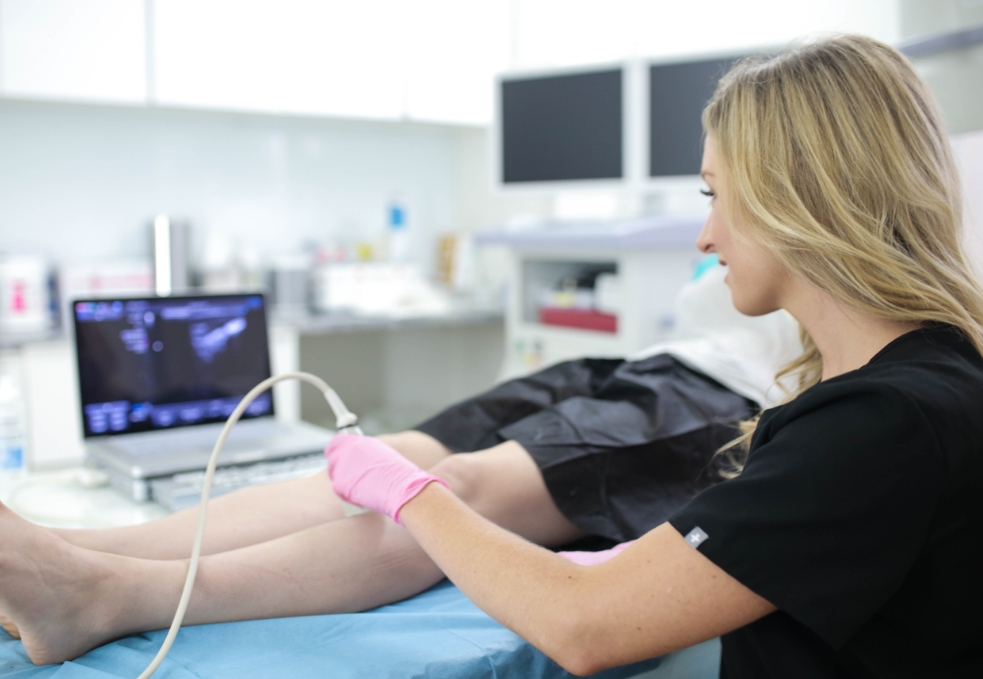What is the Frequently Asked Question About Varicose and Spider Veins and Their Treatment?
Varicose veins are very common nowadays and affect approximately 20% of adults. They are superficial vessels lengthened, twisted, or in a web and often on legs and thighs. Spider veins are the same but smaller in size.
Varicose veins bulge and look beneath the skin’s surface. Most times, they dont irritate your legs. Still, if you feel swelling and itching around your legs, you should immediately visit a varicose specialist. What does a vein clinic do?

What are varicose and spider veins?
Varicose veins are enlarged blood vessels swollen and raised above the skin due to restrictions in blood flow. If you have varicose or spider veins, you might see red, blue, purple, or green color clusters of veins on your thighs and legs.
Spider veins are similar to various veins but are smaller and closely clustered on the skin surface. They’re often red, blue, or green and can look like branches of trees or spider webs. They can occur anywhere on your body but mainly on the legs and cover a tiny area of your skin.
What causes varicose veins?
Varicose veins restrict blood flow due to abnormal inner walls in your blood vessels. Blood through your body to your heart is carried by veins and returned through the arteries, called a venous system. Veins have valves that restrict two ways flow of blood and prevent blood from pooling. Varicose veins can happen because valves stop working correctly, and blood may flow backward, making veins enlarged and swollen.

Is it normal to have spider veins on your legs?
According to a reliable study, more than 80 million people are suffering from vein diseases. ⅚ of them are men, and the remaining are women suffering from veins problems. With aging, the chances of varicose veins may go up.
Are spider veins a health risk?
Here are some common factors for varicose veins and spider veins, including:
- Aging
- Family history
- Pregnancy, menopause, menstrual cycle, and hormonal changes
- Obesity and high weight
- Prolonged standing in the same posture
- Prior Deep Venous Thrombosis (DVT)
What are the signs and symptoms of varicose and spider veins?
when to see a vascular doctor? In most cases, varicose and spider veins don’t cause any symptoms. However, these veins are unattractive and may be itchy or painful, and many more such as:
- Aching pain or skin ulcer
- Itching and burning sensation
- Leg swelling and you start feeling tired legs easily
- Heaviness or Numbness in the legs
- Darkening and Rash on your skin
When to seek medical advice?
Conservative therapy can help to ease the pain of varicose veins and restrict them from spreading to other parts. But if the self-help measure is insufficient, you should immediately visit your varicose specialist.
How are varicose and spider veins treated?
There are various options for treating venous reflux and backflow, each with pros and cons. So, you should visit your veins doctor for consultation and examination of your issue.
Article Source : https://www.shoutarticle.com/what-is-the-frequently-asked-question-about-varicose-and-spider-veins-and-their-treatment/
Comments
Post a Comment